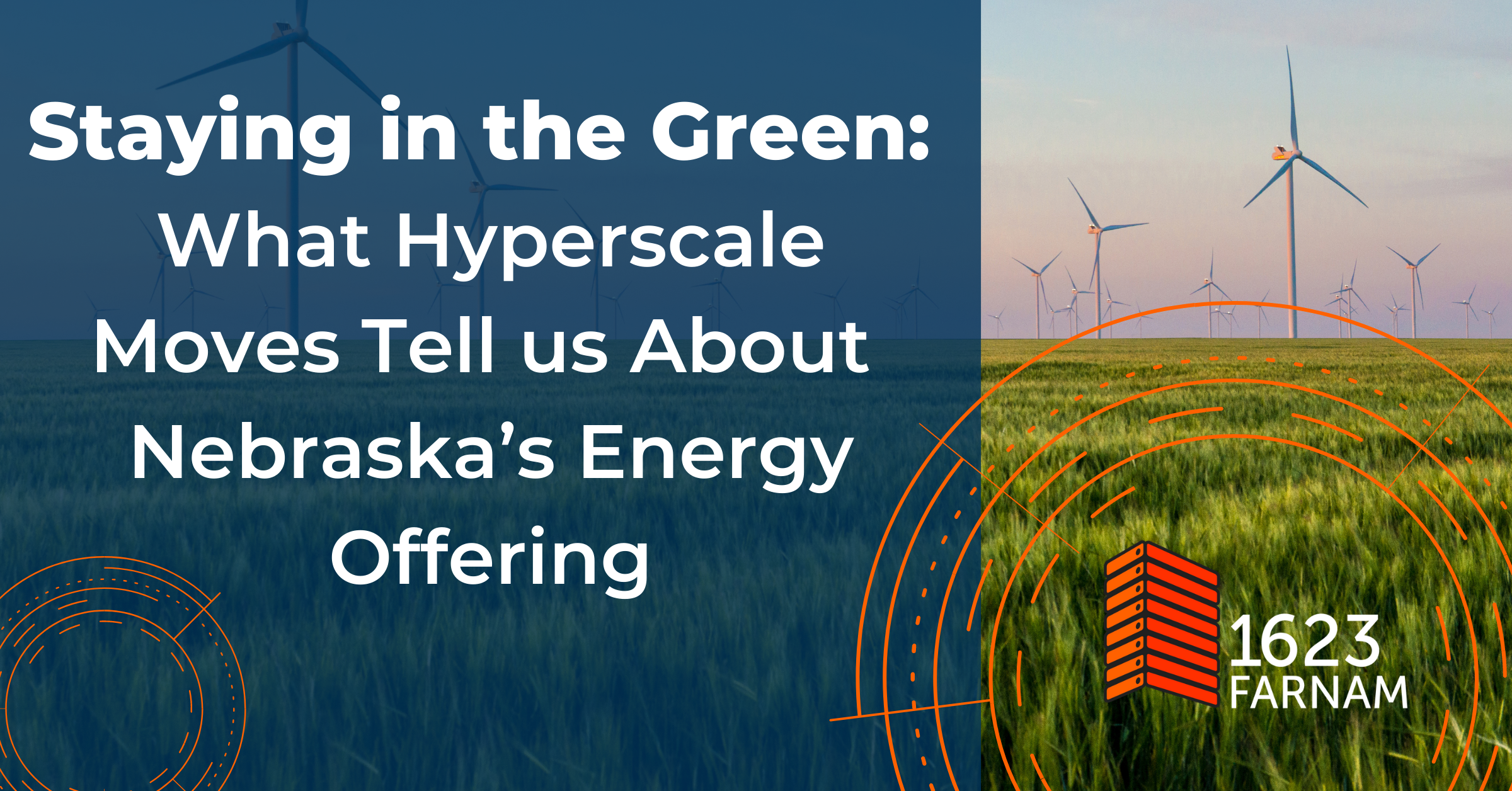Choosing the right home for data — and for the infrastructure that contains and transfers it — is a task that seeks to meet an array of different needs. Ideal climates, protection against natural disasters, access to underlying fiber and proximity to key end users are all factors that remain top of mind for workload placement. Still, as data grows as a prime asset across our digital world (and as data centers remain a key area for environmental improvement), sustainability has risen to the forefront as a top IT infrastructure consideration.
In an effort to meet this need and leverage greener energy, Google has been in the midst of a data shuffle. The hyperscaler has been moving its workloads to global data centers that have more advantageous levels of hourly carbon-free energy availability. Catalyzing this transfer is the goal of greater access to solar and wind resources and “always-on” carbon-free energy from developing geothermal projects — but how is Google choosing where its data should live?
Applications are being assigned based on carbon-free energy (CFE) scores on a ‘heat map’ of locations. Renewable electricity correlates to geography and weather, so areas with sunny or windy conditions top the charts. Here’s the breakdown of regions with the highest ratings:
- Oregon (89%)
- São Paulo, Brazil (87%)
- Council Bluffs, Iowa (78%) (which sits just under 5 miles from 1623 Farnam’s edge data center)
- Hamina, Finland (77%)
Nebraska also scored highly on this list of sustainable energy potential — just one of the many factors that make 1623 Farnam’s home field a great place to play.
The upshot? Carbon-aware computing courtesy of Google is unveiling just how green the heartland can be, and as a result, just how advantageous a data center here is in the pursuit of sustainable futures.
As this movement toward a greener data landscape evolves and Omaha proves to be an area of interest, making this region an actively sustainable one for data is an ongoing initiative for 1623 Farnam. We’re always looking to support sustainable solutions for our customers. From more efficient hot aisle containment systems to strategic partnerships for our fluid coolers, reducing our power consumption and our carbon footprint is what helps keep our edge data center — and our customers’ IT — in the green.
Want to learn more about Nebraska and 1623 Farnam’s proximity to Google? Click here to learn more.


